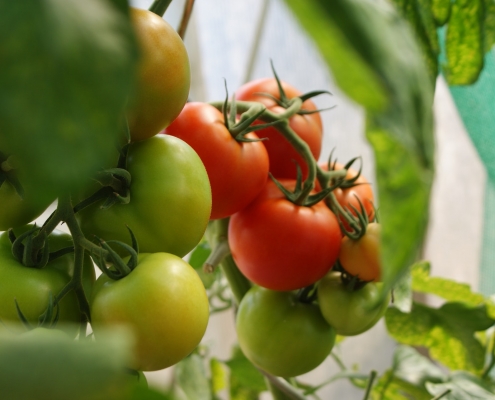New tools needed to prevent plant disease pandemics
By North Carolina State University
Plant diseases don’t stop at a nation’s borders and miles of oceans don’t prevent their spread, either. That’s why plant disease surveillance, improved plant disease detection systems and predictive plant disease modeling—integrated at the global scale—are necessary to mitigate future plant disease outbreaks and protect the global food supply, according to a team of researchers in a new commentary published in Proceedings of the National Academy of Sciences.
The idea is to “detect these plant disease outbreak sources early and stop the spread before it becomes a pandemic,” says Jean Ristaino, William Neal Reynolds Distinguished Professor of Plant Pathology at North Carolina State University and the paper’s corresponding author. Once an epidemic occurs it is difficult to control, Ristaino said, likening the effort to the one undertaken to stop the spread of COVID-19.
Global plant disease outbreaks are increasing in frequency and threaten the global food supply, the researchers say. Mean losses to major food crops such as wheat, rice and maize ranged from 21% to 30% due to plant pests and diseases, according to a paper published in 2019. Or take the case of bananas, specifically the Cavendish variety, which has no resistance to a specific pathogen called Fusarium odoratissimum Tropical race 4, which causes Panama disease of banana. That pathogen spread rapidly from Asia to Africa, the Middle East and recently into South America, where it affects Cavendish bananas—the main type of banana grown in the Americas for export.
Climate change will likely exacerbate these outbreaks, Ristaino said. In Africa, for example, climate change and drought in Saharan Africa affects the population and range of locusts, which devastate crops further south in sub-Saharan Africa. Climate data can help drive disease forecasting and spread models.
“More frequent rainfall can allow airborne plant pathogens to spread and fungal spores can move with hurricanes, which is how soybean rust came to North America from South America—via storms,” Ristaino, who also directs NC State’s faculty cluster on emerging plant disease and global food security, said. “There are also cases of early emergence, when pathogens emerge earlier in the growing season than usual due to warmer springs.”
> Source: PHYS.ORG



 Credit: pexel @Todd Trapani/CC0 Public Domain
Credit: pexel @Todd Trapani/CC0 Public Domain Credit: Pexel@Luis Quero/ CC0 Public Domain
Credit: Pexel@Luis Quero/ CC0 Public Domain